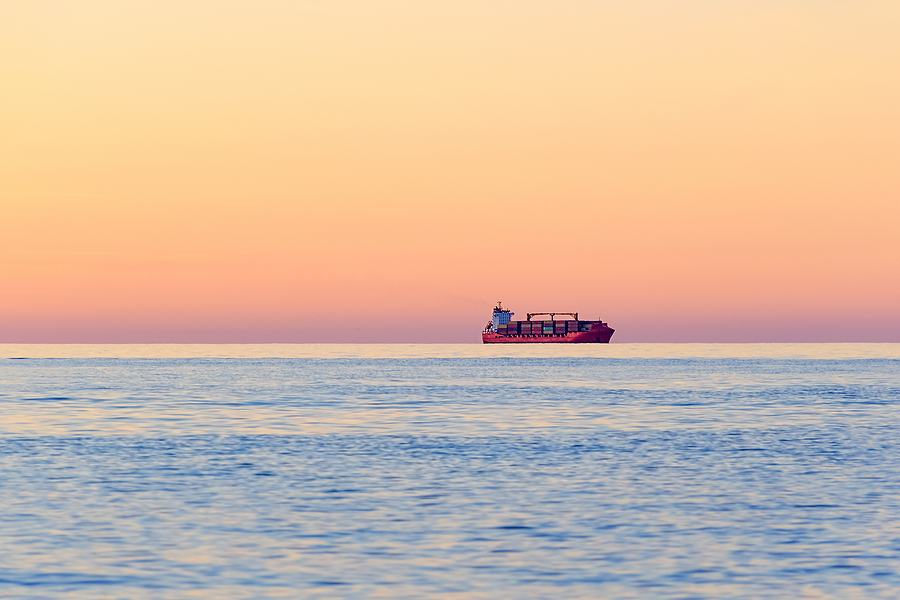With the Ever Given finally released after paying nearly £400m in compensation to Egypt for the chaos that began in March, it is important to look into what happened, and why it caused so much disruption that can be felt to this day.
What Is The Suez Canal?
The Suez Canal is the most important artery of the entire shipping world, with tens of thousands of supertankers and gigantic freighters traversing the canal every year and around 12 per cent of all global trade passing through it.
It is a man-made canal that was built to solve a major shipping problem in the 19th century: travelling from Europe to Asia.
Before the Suez Canal, the fastest route from Western Europe to India was by circumnavigating Africa, sailing around the Cape of Good Hope, a name dripping with irony given the number of storms and dangerous currents that wrecked ships.
It was a trip that took two weeks and was fraught with dangers and risks for early sea pioneers, so the Suez Canal’s journey, which shortened the journey to India and China considerably.
Ever since then, the Suez Canal was a vital part of many supply chains and most shipping containers for sale have at some point travelled along the Suez Canal.
What Happened?
On the 23rd March 2021, the Ever Given, one of the largest containers ships in the world and loaded up with over 18,000 shipping containers by itself, was caught in a sandstorm that blew it off course, causing it to run aground in one of the Canel’s single-lane areas.
The exact reason for this is currently being studied, as it involves complex hydrodynamics, but at the time it had run aground 300 ships, including its sister ship the Ever Greet, were blocked from moving whilst the Ever Given struggled to free itself.
Righting one of the largest vessels in existence is far from an easy job, and involves the use of 14 tugboats and several diggers to extricate its lodged hull and turn it in the right direction.
It would finally be freed six days later on the 29th March, although it would be taken to a stopping point in the Great Bitter Lake whilst a raft of legal challenges faced the Ever Given.
After $916m was demanded from the owners of the ship, eventually, it was freed for £550m, amidst controversy that the 25 Indian crewmembers were being detained as part of a financial dispute between the Suez Canal Authority and Shoei Kisen, the Japanese owner of the Ever Given.
It was released on the condition that Egypt would be given a 75-tonne tugboat from Shoei Kisen Kaisha, and that the Ever Given is inspected for seaworthiness at Port Said, the most northern part of the Suez Canal.
After this, the Ever Given is set to travel to Rotterdam and finally will unload at Felixstowe, near Ipswich.

